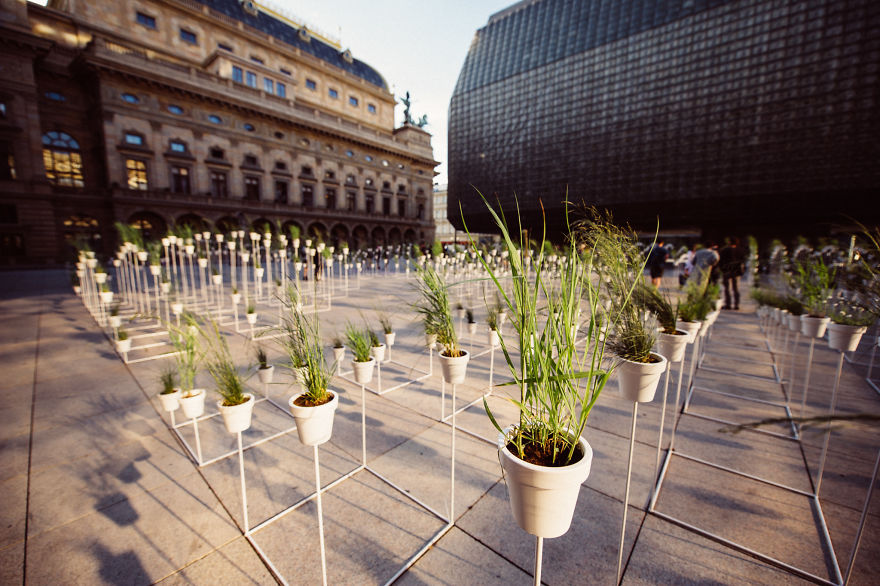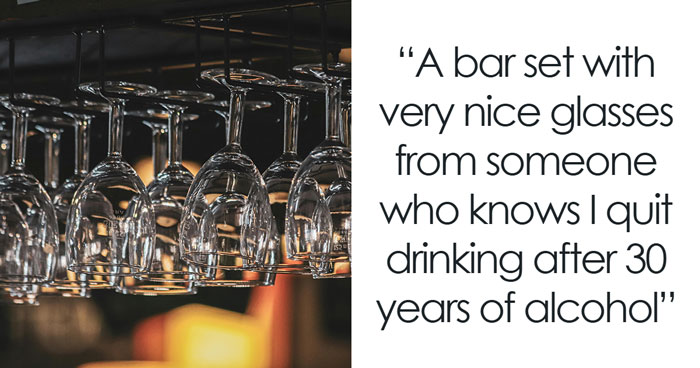
We Made This Installation Our Of 1000 Plants And 1,6 Tonnes Of Metal Construction
Enter a botanical labyrinth of nearly one thousand plants and set on a quest to find those renowned for their medicinal properties.
In case you travel to Prague this July, make sure you visit the National Theatre building complex in the centre of the capital. In its plaza, surrounded by the iconic architecture of both the historical building from 19th century and the brutalist New Stage built between 1977–1983 by Karel Prager, you will find Victoria pragensis- a green labyrinth made out of nearly one thousand plants carried in a white construction spanning throughout the entire square. Aiming to emphasize the precious yet fragile cultural heritage of medicinal plants as well as the role of greenery in public spaces and contemporary urban design, the installation is on display until 3 August 2017.
The idea was born out of collaboration between the Prague-based collective Hænke, the National Theatre, and Czech architect Juráš Lasovský. “Victoria pragensis is a temporary landscape within the urban space. It is comprised of nearly one thousand plants forming together green soft contours. They contrast with adjacent buildings of the National Theatre, changing drastically the face of the square. It creates a “plant forest” surrounding each visitor. A single type of decorative grass dominates the installation, while the medicinal plants are inserted into the grid on a random basis,” comments the award-winning architect, currently living and working in Copenhagen.
The installation encourages the audience to use the public space created by Victoria pragensis to discover the medicinal plants commonly used in our daily lives. “Thousands of people pass by the plaza every day, but ever since the installation is in place, they no longer seem to be in such a hurry. They sit on benches chatting with friends, stroll through the maze and look for medicinal plants, or simply take selfies. They have appropriated the square to their own needs, which demonstrates how essentially needed greenery is in our public spaces,” comments Julien Antih, founder of Hænke.
As the importance of sustainable living is on the rise, city dwellers tend to reach towards herbal remedies as an organic, natural alternative to synthetic medicine. Available information, however, is not always correct and reliable, and it is therefore vital to provide a trusted source based on scientific research, mainly ethnobotany, phytotherapy, and pharmacognosy. That is why Hænke was established: to connect science with arts through bespoke events and immersive installations focused on the use of medicinal plants in the contemporary urban environment.
Hænke Botanical Lab is a space in Prague’s Žižkov neighbourhood that aims at raising awareness about the role of medicinal plants in today’s urban society. It was established in the spring of 2017 by ethnobotanist and pharmacist Julien Antih who has worked with, among others, the UCL School of Pharmacy or Universidad de Barcelona as a specialist in pharmacognosy and phytotherapy. Besides Julien, the team consists of other experts from science, architecture, design and other creative industries. It also serves as a concept store showcasing like-minded Czech design brands.
The project’s name is inspired by Thaddaus Haenke, famed explorer and botanist who is sometimes dubbed “Czech Humboldt”. Haenke was born in a little village in Bohemia but spent most of his life on scientific expeditions around the globe where he collected thousands of plants, described its uses and even contributed to the creation of the smallpox vaccine. He died in Cochabamba, Bolivia in 1816.
More info: victoriapragensis.com
Copyright: Jakub Nedbal
1Kviews
Share on Facebook
 Dark Mode
Dark Mode 

 No fees, cancel anytime
No fees, cancel anytime 






















































23
4